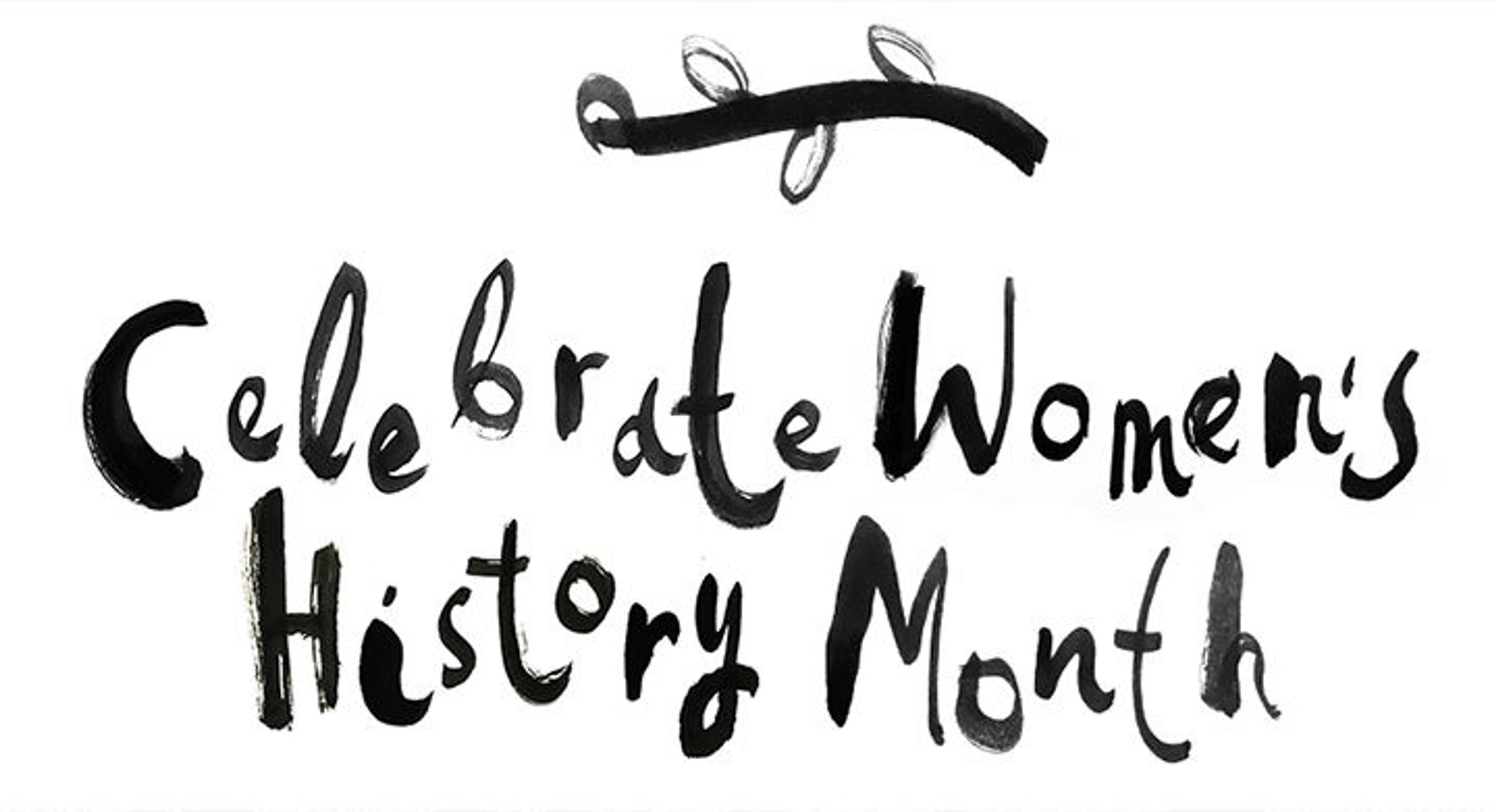
Illustration by Natasha Mileshina
In celebration of Women's History Month, we're highlighting a few of the trailblazing and talented women in The Met collection and on the #MetKids Map. These women have inspired and created incredible works of art around the world spanning almost 3,500 years of history. Discover their stories, and let them spark your imaginations!
Hatshepsut
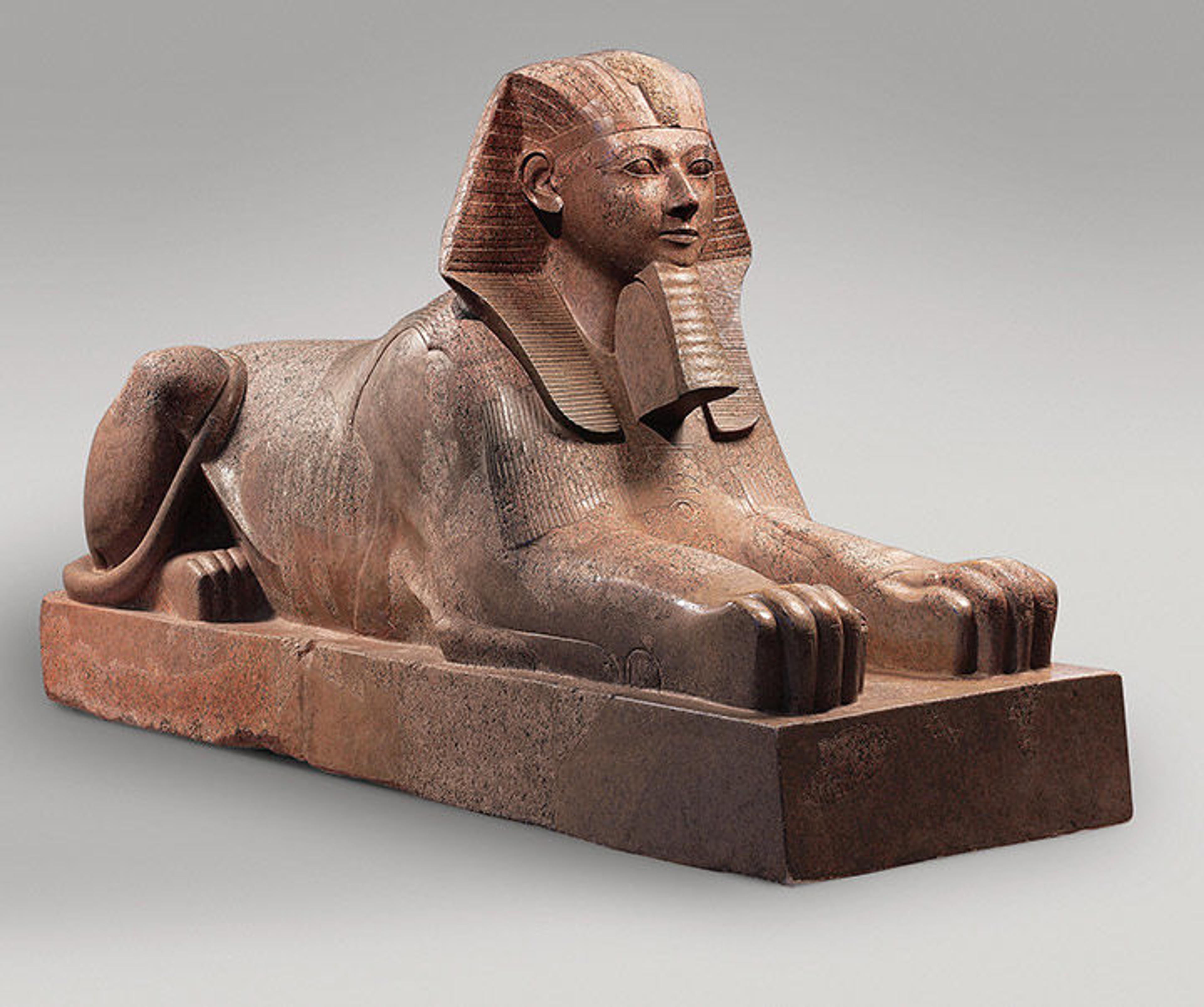
Sphinx of Hatshepsut, ca. 1479–1458 B.C. From Egypt, Upper Egypt, Thebes, Deir el-Bahri, Senenmut Quarry, MMA excavations, 1926–28. Granite, paint; H: 64 9/16 in. (164 cm); L: 135 1/16 in. (343 cm); Wt: 14900 lb. (6758.6 kg). The Metropolitan Museum of Art, New York, Rogers Fund, 1931 (31.3.166)
This sculpture shows the pharaoh Hatshepsut, the first important female ruler known to history, as a sphinx, or a guardian figure with a human head and a lion's body. She wears the same ceremonial costume as male pharaohs, complete with a headcloth and a royal beard. This statue was one of at least six that stood guard outside of Hatshepsut's temple. How do you think you would feel walking though that line of colossal sphinxes?
Queen Idia
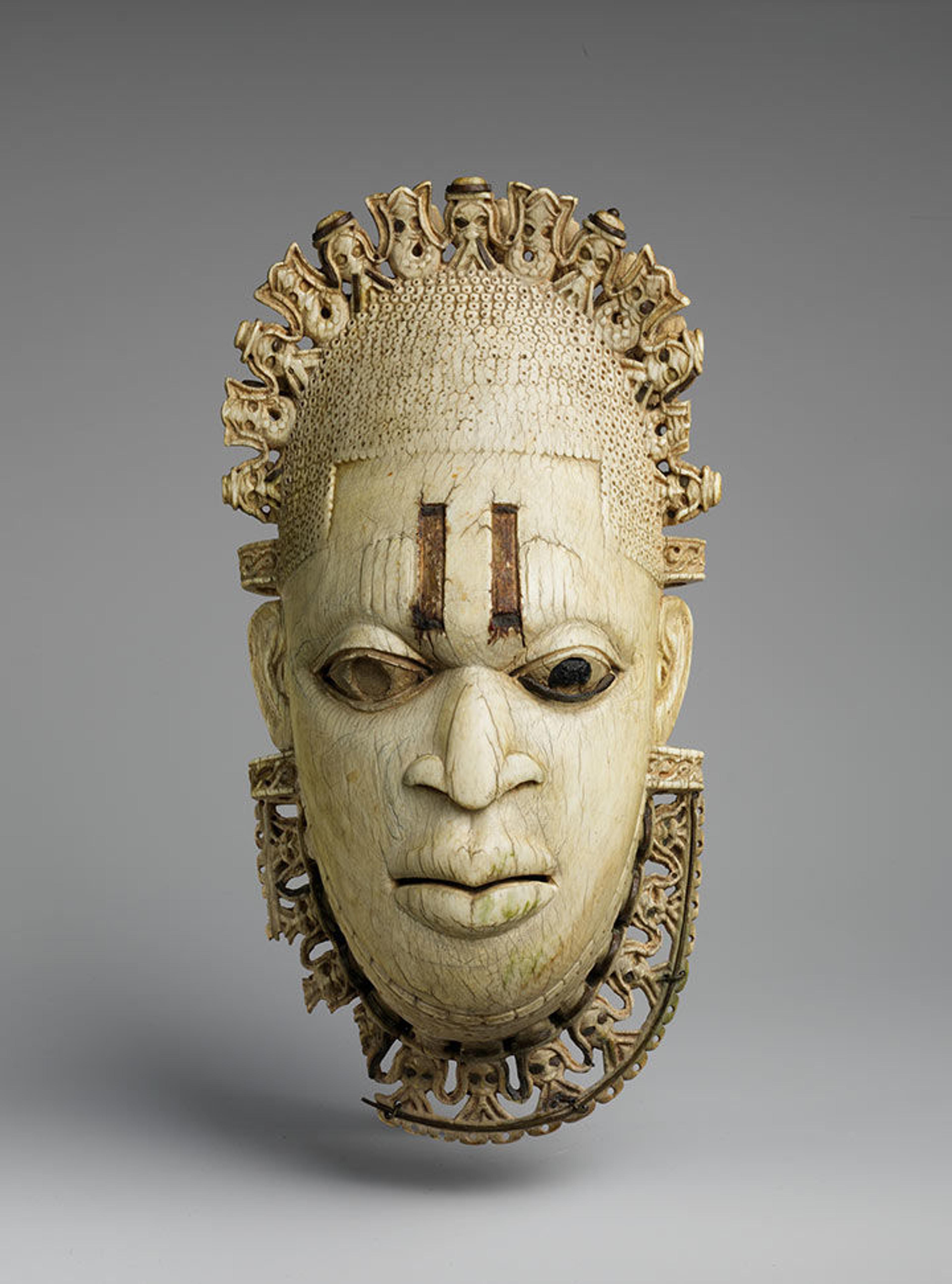
Queen Mother Pendant Mask: Iyoba, 16th century. Nigeria, Court of Benin. Edo peoples. Ivory, iron, copper (?); H. 9 3/8 x W. 5 x D. 3 1/4 in. (23.8 x 12.7 x 8.3 cm). The Metropolitan Museum of Art, New York, The Michael C. Rockefeller Memorial Collection, Gift of Nelson A. Rockefeller, 1972 (1978.412.323)
Art historians believe this pendant mask depicts Queen Idia, the mother of Oba (King) Esigie, who ruled the kingdom of Benin in Nigeria over 500 years ago. The materials of this mask convey many meanings: the white ivory symbolizes purity and the iron details signify her inner strength. What strong women in your life do you look up to?
Rosa Bonheur

Rosa Bonheur (French, 1822–1899). The Horse Fair, 1852–55. Oil on canvas; 96 1/4 x 199 1/2 in. (244.5 x 506.7 cm). The Metropolitan Museum of Art, New York, Gift of Cornelius Vanderbilt, 1887 (87.25)
In the 1850s, women weren't allowed into the horse market in Paris, but artist Rosa Bonheur disguised herself as a man so that she could attend twice a week. (She even had to apply for permission to wear men's clothing in public!) Bonheur received wide praise for this painting, which is full of action. Queen Victoria, the queen of England at the time, asked for the painting to be brought to her at Buckingham Palace for a private viewing. Quite an honor!
Mary Cassatt

Mary Cassatt (American, 1844–1926). Woman Bathing (La Toilette), 1890–91. Drypoint and aquatint, printed in color from three plates; fourth state of four (Mathews & Shapiro); plate: 14 5/16 x 10 9/16 in. (36.4 x 26.8 cm) sheet: 17 x 11 3/4 in. (43.2 x 29.8 cm). The Metropolitan Museum of Art, New York, Gift of Paul J. Sachs, 1916 (16.2.2)
In the mid-1800s, it was very unusual for women to become professional artists, but that didn't stop Mary Cassatt! She moved from Philadelphia to Paris to pursue her passion, and became known for her art, which captured private, everyday moments, like a woman bathing. She was a member of a group of artists called the Impressionists, and though she had no children of her own, her pictures often featured mothers and children.
Gertrude Stein
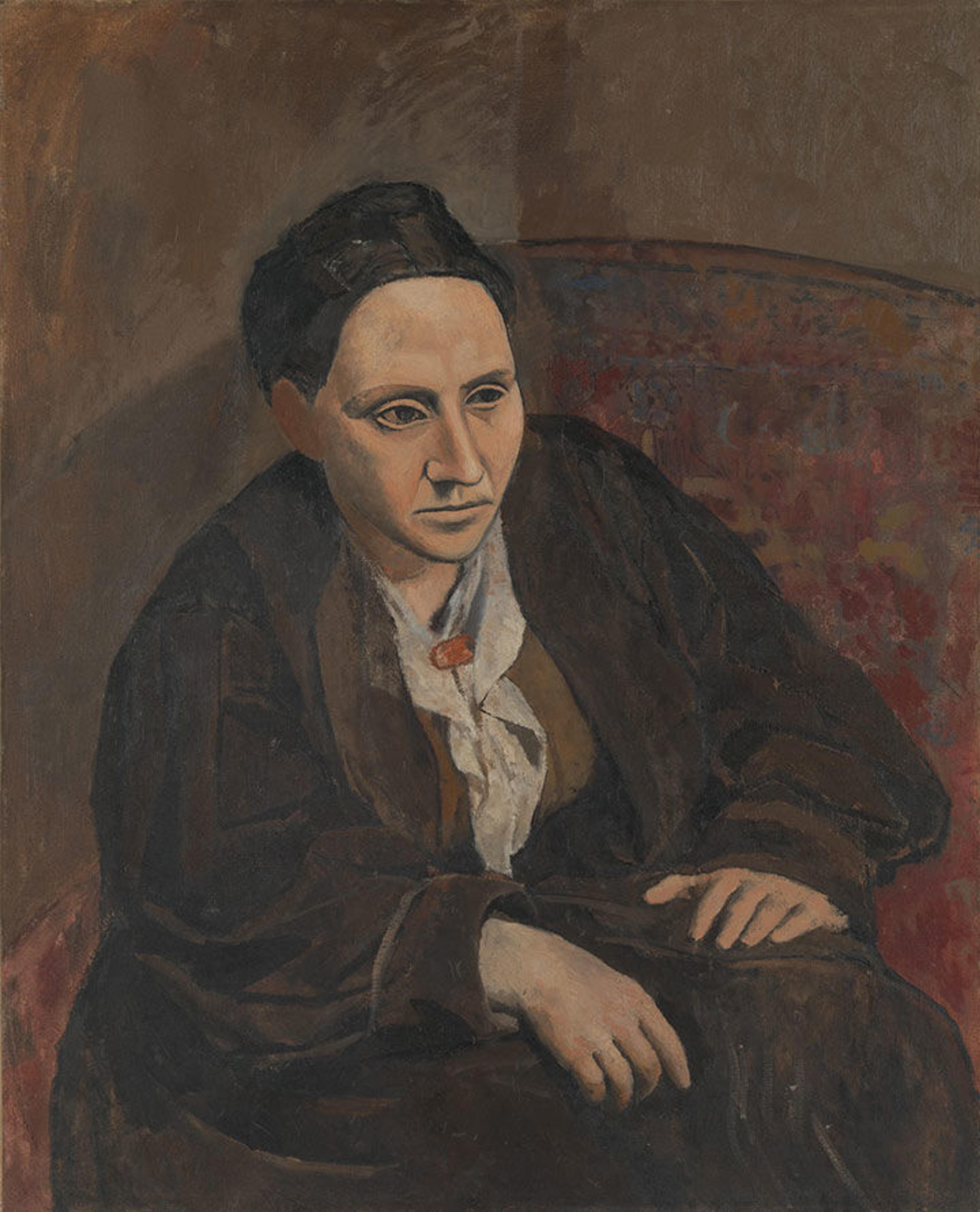
Pablo Picasso (Spanish, 1881–1973). Gertrude Stein, 1905–6. Oil on canvas; 39 3/8 x 32 in. (100 x 81.3 cm). The Metropolitan Museum of Art, New York, Bequest of Gertrude Stein, 1946 (47.106). © 2016 Estate of Pablo Picasso / Artists Rights Society (ARS), New York
Pablo Picasso painted this portrait of art collector and friend Gertrude Stein, who was an important influence on culture in Paris during the early 1900s. She held weekly open houses called salons in her apartment, where poets, artists, and writers could come together. If you were invited over to her apartment in Paris for one of the weekly gatherings, what would you show or tell her?
Georgia O'Keeffe
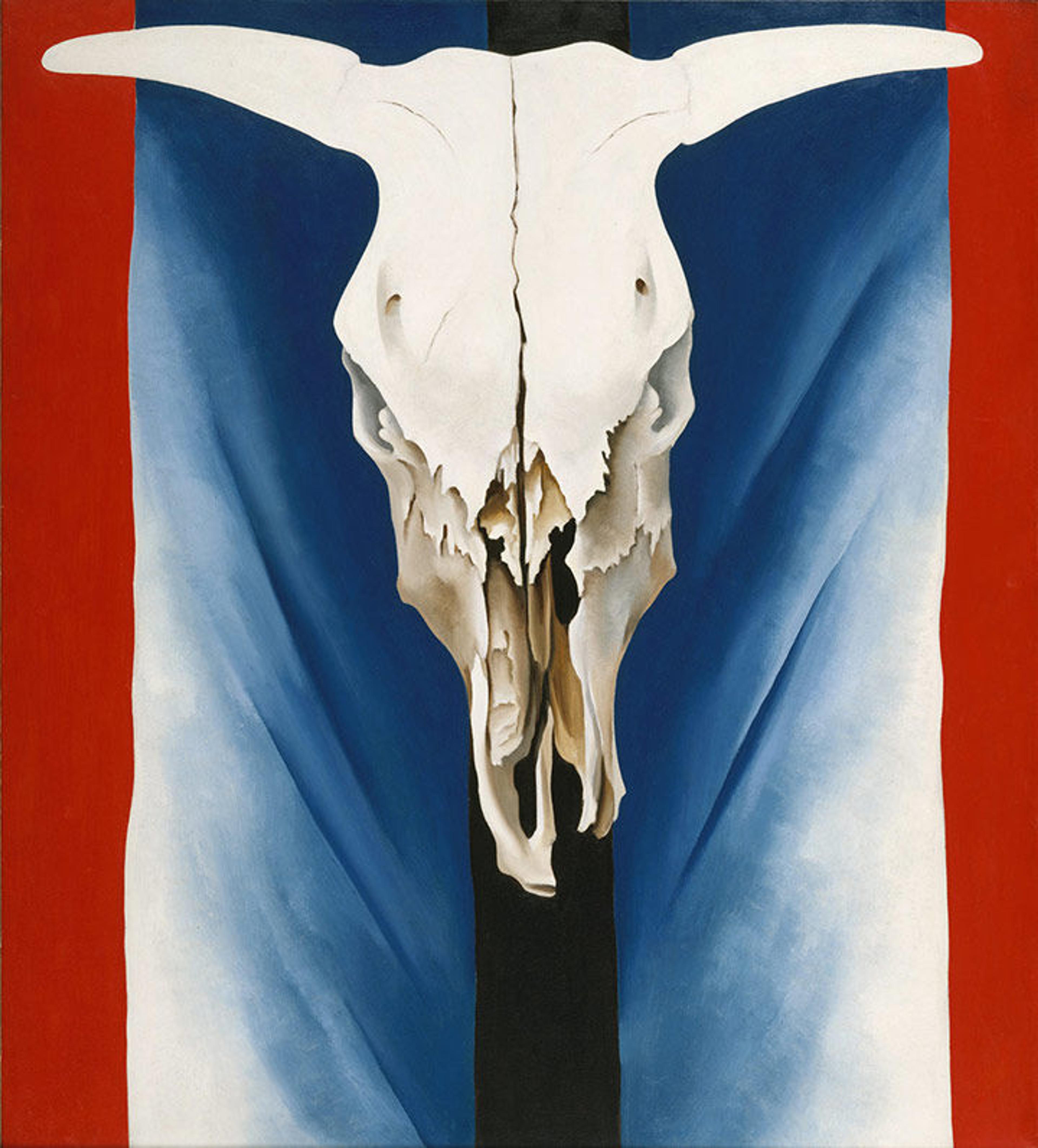
Georgia O'Keeffe (American, 1887–1986). Cow's Skull: Red, White, and Blue, 1931. Oil on canvas; 39 7/8 x 35 7/8 in. (101.3 x 91.1 cm). The Metropolitan Museum of Art, New York, Alfred Stieglitz Collection, 1952 (52.203)
Georgia O'Keeffe is considered one of the most important women artists. One of her paintings, Red Poppies, was reproduced on a U.S. postage stamp! She used the colors red, white, and blue in this painting to create her own symbol of the United States. Can you find the photograph of O'Keeffe on the #MetKids map? Hint: her hands are front and center, emphasizing how important they were to her job as an artist.
Joyce Growing Thunder Fogarty

Joyce Growing Thunder Fogarty (Native American, born 1950). Tobacco bag, 1977. United States, Montana. Assiniboine or Sioux. Native-tanned deerskin, pigment, glass, quill, cloth; H. 40 x W. 8 in. (101.6 x 20.3 cm). The Metropolitan Museum of Art, New York, Ralph T. Coe Collection, Gift of Ralph T. Coe Foundation for the Arts, 2011 (2011.154.12)
Joyce Growing Thunder Fogarty is a living artist who is continuing the beading tradition her Native American ancestors began many generations ago. Sometimes she spends 16 hours a day working, waking up as early as 4 am! She lives and works on a reservation in Poplar, Montana, and is known internationally for her art.
Want to learn about even more women artists at The Met? Check out our Six Women, Six Stories Family Guide!